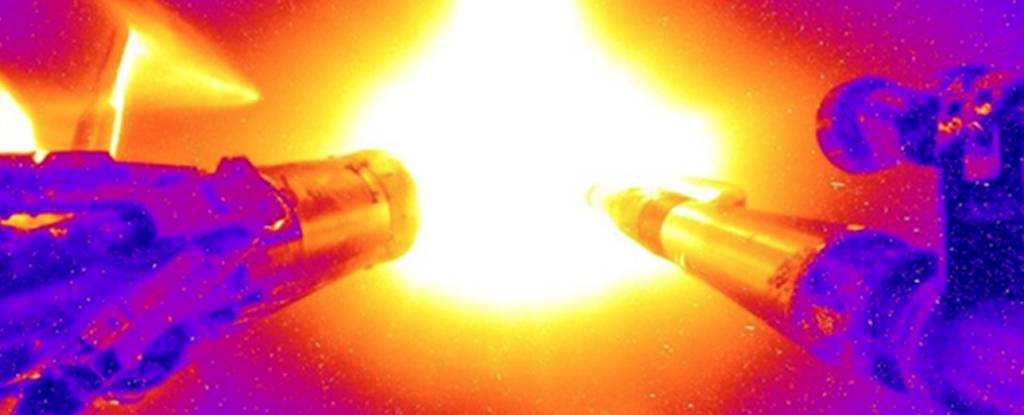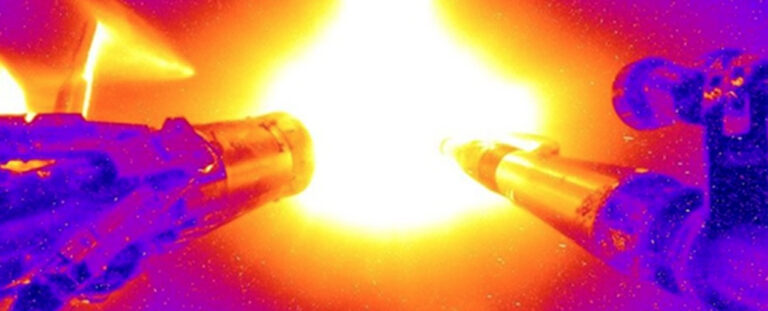Breakthrough Experiment Replicated as US Laboratory Achieves Fusion Ignition
Since its groundbreaking fusion event in 2022, the US National Ignition Facility (NIF) has once again successfully extracted sufficient energy from a hydrogen-filled diamond capsule to maintain the fusion reaction. Although it is still a long way from generating a reliable and self-sustaining power source for the community, this repeated accomplishment will undoubtedly yield valuable insights into enhancing the technology.
Situated at the Lawrence Livermore National Laboratory near San Francisco, the NIF’s experimental fusion program employs some of the world’s most powerful lasers to manipulate hydrogen atoms into new configurations, resulting in surplus energy. The pursuit of energy surplus has long been a goal for fusion technology innovators. In order for fusion to transpire within magnetically confined plasma whirlpools, the swirling mass of charged particles must be hotter than the core of the Sun to yield any additional energy.
At the NIF, a minuscule chamber, no larger than a fingernail, is filled with hydrogen isotopes and exposed to the intense beams emitted by 192 powerful lasers, creating the necessary conditions. Only then can the nuclear particles comprising the isotopes reorganize themselves to form helium, ideally with some residual energy.

The initial milestone, known as ignition, is reached when the released energy is adequate to sustain the fusion process. Having achieved the appropriate conditions in December of last year, the NIF has conducted subsequent experiments to further enhance their output.
The recent Financial Times article announced that on July 30, an experiment was conducted where ignition was repeated at NIF. The facility stated that they will follow their standard practice of reporting the results at upcoming scientific conferences and in peer-reviewed publications.
The initial results indicate that the total output was 3.5 megajoules, slightly higher than the 3.15 megajoules released in December. The lasers delivered just over 2 megajoules of energy, which is quite impressive if one intends to use it for boiling a few liters of water. However, to achieve a fully-functional fusion plant based on NIF’s technology, lasers up to 100 times more powerful would be required, pulsing several times a second.
Scaling up the technology to power light highways, heat showers, and run air conditioners for thousands of households would necessitate numerous ignition events like this, each revealing new ways to enhance the efficiency and manageability of the process. Fusion power, if achieved using easily harvested hydrogen isotopes, would offer virtually limitless energy without the drawbacks of radioactive waste from fission or the greenhouse gas emissions from carbon combustion. Each step closer to realizing this potential is certainly worth celebrating.
This article is republished from sciencealert under a Creative Commons license. Read the original article.
Do not forget to share your opinion with us to provide you with the best posts !




0 Comments